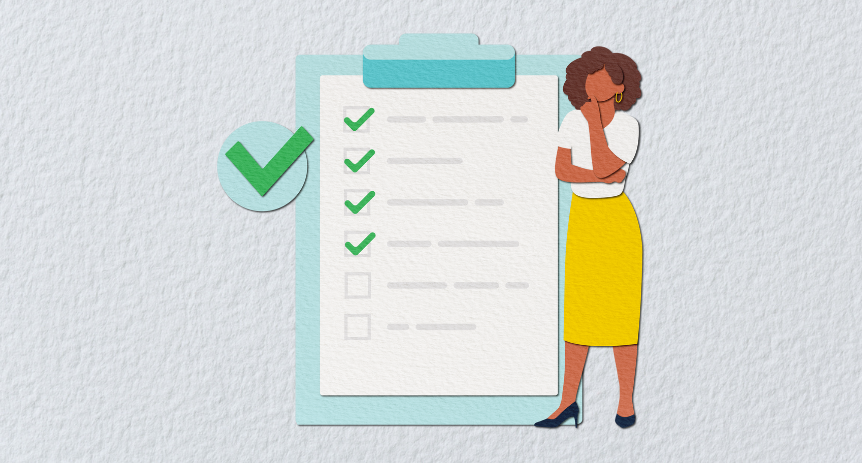As a substitute teacher, you often step into classrooms with unique dynamics and challenges. When the day is particularly tough, it’s important to provide honest feedback to the returning teacher. However, delivering negative feedback constructively can make a significant difference in how it’s received and acted upon. Here’s how you can effectively communicate your observations and suggestions without causing unnecessary friction.
Start with positives
Begin by highlighting what went well during your time in the classroom. This sets a positive tone and shows that you recognize the strengths within the class. For example:
- “The students were very engaged during the math lesson and showed great enthusiasm.”
- “I noticed that the classroom rules are clearly posted and understood by the students.”
Be specific and objective
When discussing the challenges, be specific and focus on observable behaviors rather than making generalized statements. This helps the returning teacher understand the exact issues and consider precise solutions.
For example, instead of saying, “the class was chaotic,” say, “several students had difficulty following instructions during the group activity, which disrupted the flow of the lesson.”
Offer solutions and suggestions
Provide constructive suggestions that can help address the issues you observed. This shows that you are not just pointing out problems but are also thinking about ways to improve the situation. For example:
- “To help students stay focused, it might be useful to establish a clear signal for gaining their attention during transitions.”
- “Considering a seating arrangement change might help minimize distractions for certain students.”
Use a respectful and empathetic tone
Remember that the regular teacher has an ongoing relationship with the students and may already be aware of certain challenges. Use a tone that conveys respect and empathy for their position. For example:
- “I understand that managing such a large group can be tough, and I noticed a few strategies that might help streamline transitions.”
- “I can see that some students are very energetic, and I found that giving them specific roles helped channel their energy positively.”
Focus on the students’ needs
Frame your feedback around the goal of enhancing the students’ learning experience. This helps the returning teacher see your observations as a means to improve outcomes for the students. For example:
- “I believe that providing more structured activities could help the students stay on task and make the most of their learning time.”
- “Implementing a few more visual aids might support students who seem to struggle with auditory instructions.”
Follow up with written notes
After your verbal feedback (or if you’re unable to speak with the teacher in person), consider leaving written notes that summarize your observations and suggestions. This ensures the returning teacher has a record to refer back to and reflects your professionalism. Make sure your notes are clear, concise, and focus on key points.
The teacher will appreciate that and hopefully remember to ask for you directly for the next time they need a sub. Also, if you’d like to be considered for a full-time position at the school, teachers will remember the detailed notes you wrote and may be more likely to say positive things about you to the sub coordinator. The little things are what help you stand out as one of the best substitute teachers.
And remember, it’s important to keep the notes private. Avoid writing them on the whiteboard for all students to see. If the teacher or site administrator doesn’t outline a clear process for turning in notes at the end of the day, ask!
Offer to discuss your feedback further if the returning teacher has questions or needs clarification.
Create your own form
One way to stand out from other substitute teachers is to make your own “Sub Notes” form. You can create a simple template using Microsoft Word, Google Docs, or a similar program. Here are some subject headings that would be helpful to put on your template:
- Absent students
- Class accomplishments
- Activities that went poorly or really well
- Extra comments you have about the day
Having your own form will help you stand out from other substitute teachers. It will also keep your thoughts organized throughout the day, as you will be familiar with the formatting of the document.
Delivering negative feedback constructively is an essential skill for substitute teachers. By starting with positives, being specific, offering solutions, using a respectful tone, focusing on student needs, providing written notes, and being available for follow-up discussions, you can ensure your feedback is well-received and helpful. This approach not only aids the regular teacher but also contributes to a more effective and positive learning environment for the students.
Remember, your goal is to support the regular teacher and the students, fostering an atmosphere of continuous improvement and collaboration. With these strategies, you can confidently share your insights and help create a better classroom experience for everyone involved.




